How to keep kids warm, healthy and safe
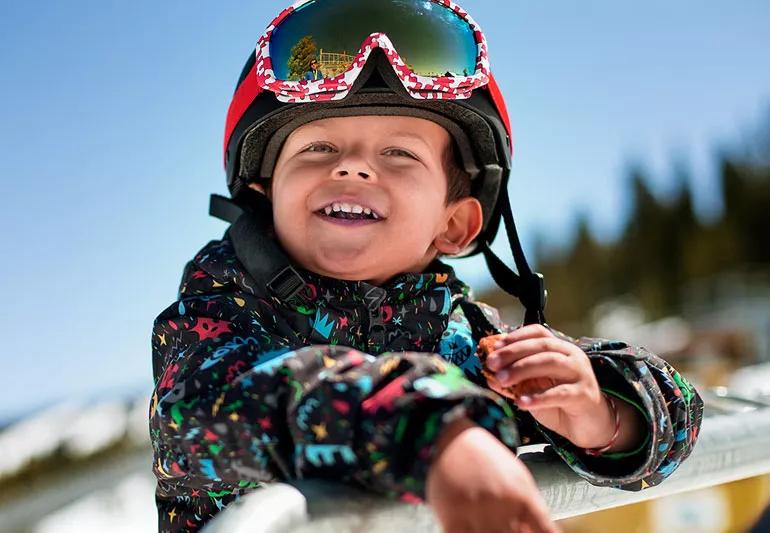
Winter can bring lots of family fun — whether this involves sledding and romping around in the snow or just hanging around together at home.
Advertisement
Cleveland Clinic is a non-profit academic medical center. Advertising on our site helps support our mission. We do not endorse non-Cleveland Clinic products or services. Policy
Here are a few ideas from pediatrician Raj Rambhatla, MD, to help keep your kids warm, healthy and safe during winter.
Parents with babies and younger kids should:
1. Adjust winter clothes for children’s needs. Dress babies and young children in one more layer of clothing than an adult would wear in the same conditions.
2. Keep exposure to the cold at a minimum. Babies and young children don’t have the same tolerance for cold that adults do. It’s important to limit time outside.
3. Don’t forget winter accessories. Remember warm boots, gloves or mittens and a hat, which make a big difference in keeping young children and babies comfortable.
It’s a common myth that cold weather causes colds, but it does not. Colds are caused mainly by viruses that we are more commonly exposed to in the winter.
Viruses are spread even more easily when children are in school and in close contact with each other, typically through respiratory droplets in the air and on hands.
Prevent colds and the flu by getting kids to:
4. Use soap and water. Washing their hands frequently will reduce the spread of germs.
5. Cover their mouth. Sneezing or coughing into the bend of their elbows also helps prevent spreading germs.
Advertisement
6. Get immunized. Keep vaccinations current, including the flu shot (for children 6 months and older).
7. Always supervise children. Injuries can occur quickly when kids are sledding or snow tubing. It’s important to keep a close eye on them.
8. Keep away from motor vehicles. Often, sledding hills are not far from highways or roads. It’s important to keep a safe distance.
9. Sled in proper ‘form.’ Kids can prevent injuries by sledding feet first or sitting up, instead of lying down head-first.
10. Find a clear area. Pick a sledding location that is clear of obstructions like trees or fences and is covered in snow.
11. Choose a good sledding hill. A sledding hill should not be too steep, with a slope of less than 30 degrees, and should end with a flat runoff.
12. Dress in layers. If you begin to sweat, remove layers as needed to stay dry. Wet clothes can cause your body to chill and can lead to hypothermia or frostbite.
13. Wear a helmet. It’s important to protect your head from injury.
14. Protect skin. Keep your skin from being exposed to harsh temperatures to avoid frostbite. Be especially careful with small areas of your body, such as your hands, feet and ears.
15. Be aware of weather conditions. Consider going inside if the temperature drops below 0 degrees Fahrenheit (-17.8 degrees Celcius).
Be aware of frostbite symptoms. If you notice your child skin turning red or becoming numb, move to a warmer location and protect them from further exposure. Use warm water or blankets to raise their body temperature.
In winter, there are lots of options for fun. Enjoy the snow and stay safe.
Advertisement
Learn more about our editorial process.
Advertisement
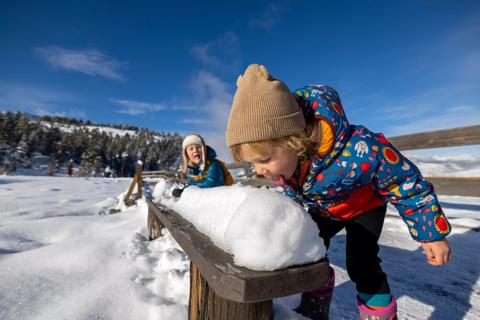
If the flakes are undisturbed, pristine white and come from the top layer, it’s typically safe to indulge in a scoop
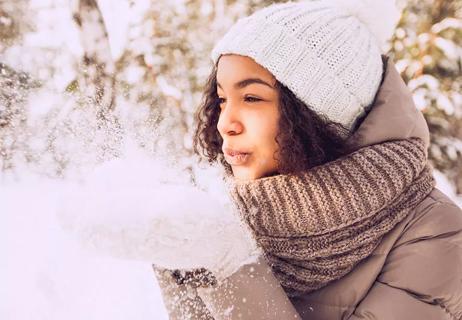
Bottom line? Dress warm, be careful and plan ahead to get the most out of the season
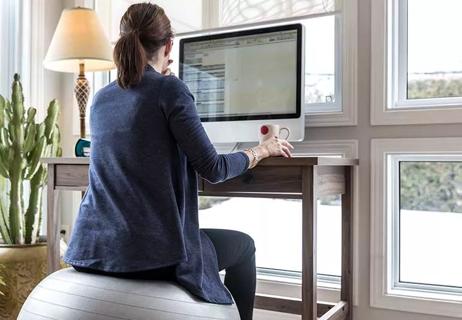
Sneak in exercise when you can, pack your own lunch and make time for mental health
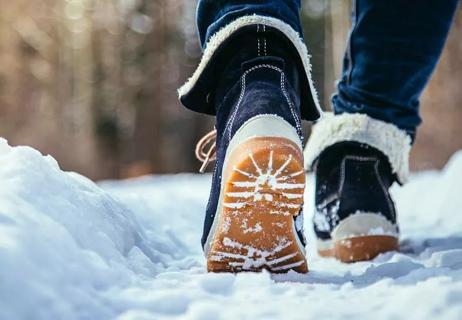
Taking slow, short steps and wearing proper footwear can go a long way in preventing falls
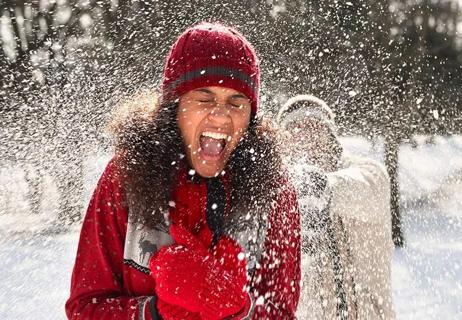
With planning and precautions, you may be able to keep winter health issues at bay
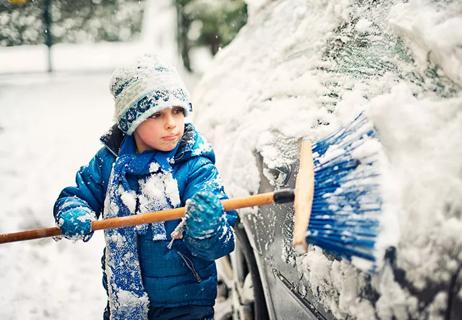
Some heat escapes if you don’t wear a hat, but it’s not as much as you might think

The short answer from an emergency medicine physician
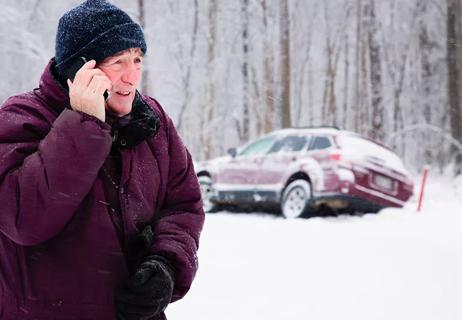
Here's what you need to round up for your trunk
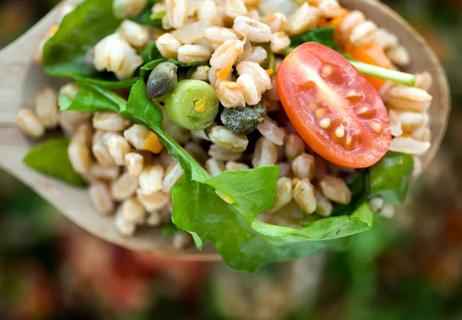
Type 2 diabetes isn’t inevitable with these dietary changes

Applying a hot or cold compress can help with pain